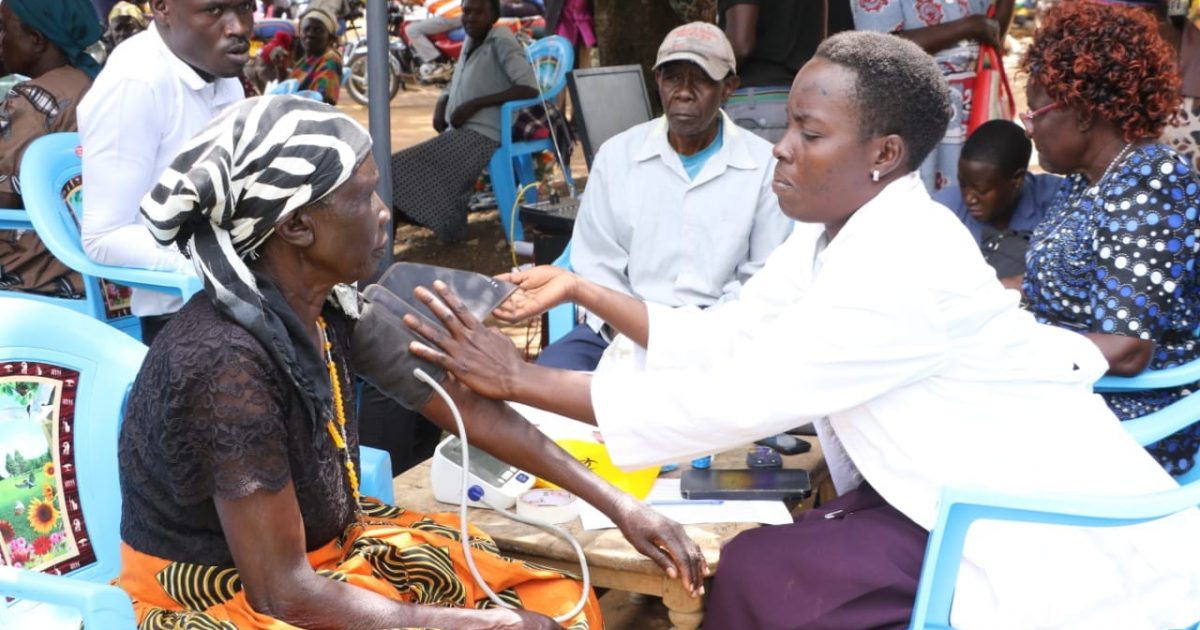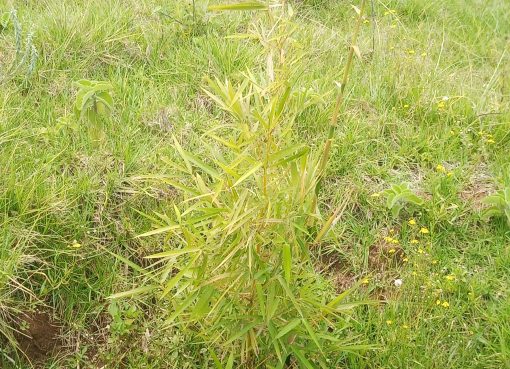With the rising number of people with non-communicable diseases (NCDs), the government must invest in strengthening primary care and in efforts to expand existing service delivery platforms to integrate NCD care.
Busia faces the double burden of infectious and non-communicable diseases (NCDs) just like many counties in Kenya.
NCDs accounted for almost one-third of all deaths and 50% of hospital admissions; about 25% of the population had hypertension and 5% had diabetes according to a survey by Primary Health Integrated Care for Chronic (PHIC4C) health organization operating in Busia and Trans Nzoia Counties.
This condition has forced patients suffering from NCDs from Busia to come together with a common goal on how they can propagate information across the county to minimize death cases as result of High Blood Pressure (HBP) and diabetes among other diseases.
Francis Lukio Mulamba from Bujumba village is a hypertension warrior having managed to put up with the disease for over 40 years now.
The retired senior chief has now turned his testimony to a life changing lesson to other patients in the county. His lectures on good eating habits, regular exercise, proper medication and economic empowerment programs are slowly saving lives in Busia.
“I was diagnosed with hypertension in 1981 at Busia district hospital when I had a road accident, and I noticed changes on my body. I used to go for short calls frequently, my body temperatures were also high and I used to feel thirsty with a lot of tiredness,” narrated Mulamba.
The journey has not been easy to the 78-year-old as he had to keep his body fit and healthy to overcome challenges faced by HBP.
25km from Bujumba, the story is the same with Maryline Auma Kundu another patient of HBP who discovered her condition 3 years ago at Sirimba dispensary in Bunyala sub-county before Covid 19 struck.
Just like Mulamba, Auma had almost similar conditions, a situation that prompted her to seek medication.
With the help of Community Health Volunteers from Amparth who had the PIC4C program, she was educated on how to handle the condition. Nutritionists and medics equipped her with knowledge on types of food to eat, when to attend her clinics among other precautionary measures.
“2020 was such an astonishing year for me. When I went for Covid 19 test, I met doctors from Amparth, after they test they checked my temperature and shocked me that I had developed HBP,” she narrates.
Feeling confused, she decided to start clinics and join the PIC4C group which was at the heart of NCDs especially diabetes and hypertension.
With the help of Elizabeth Khisia, a Research Assistant working with PIC4C in Busia County, she discovered that HBP does not only affect elderly people though they are the majority hit.
“Emerging data suggest a rise in the incidence rate of hypertension in many countries within Sub-Saharan Africa. This has been attributed to socioeconomic factors that have influenced diet and reduced physical activity further deranging anthropometric measurements,” noted Khisia.
Cosmas Webbo, a youth from Busende in Matayos Sub County has been struggling with HBP for 16 years now right from when he was in college.
According to Webbo, most youths suffer silently from HBP and diabetes and shy off from tests and clinics.
In Busia patients suffering from diabetes and hypertension encounter numerous challenges in their quench to find medication.
This ranges from lack of drugs in the government health facilities within the county, poor services as a result of few staff to handle hypertension patients, long queues and NHIF being unable to cover them fully.
“We visit the clinic on specified days to check out status. The biggest problem in the Busia health sector is that our facilities lack enough trained personnel to handle HBP and diabetic patients. Also we have empty shelves in pharmacy but when drugs are there long queues put off most patients,” noted Arnold Adungu Barasa, a retired teacher and a patient of both HBP and diabetes.
The PIC4C model operating in Busia and Trans Nzoia since 2018 aims to identify people with hypertension, diabetes, cervical and/or breast cancer in the community and ensure their timely referral to treatment and management at the appropriate service level that is; health centre, dispensary, sub county or county hospital.
The model targets different tiers of the delivery system and includes infrastructural measures which include; training of community health workers to undertake screening, prevention, referral and health education for hypertension, diabetes and cancer; providing equipment for screening, laboratory testing and treatment of cervical cancer and breast cancer; strengthening the supply chain; improving Medical Record System among others.
The NCDs patients now want the government to equip the facilities with enough trained personnel and drugs, do sensitization and ensure health care facilities are close to the NCDs patients to improve their lives.
By Absalom Namwalo





